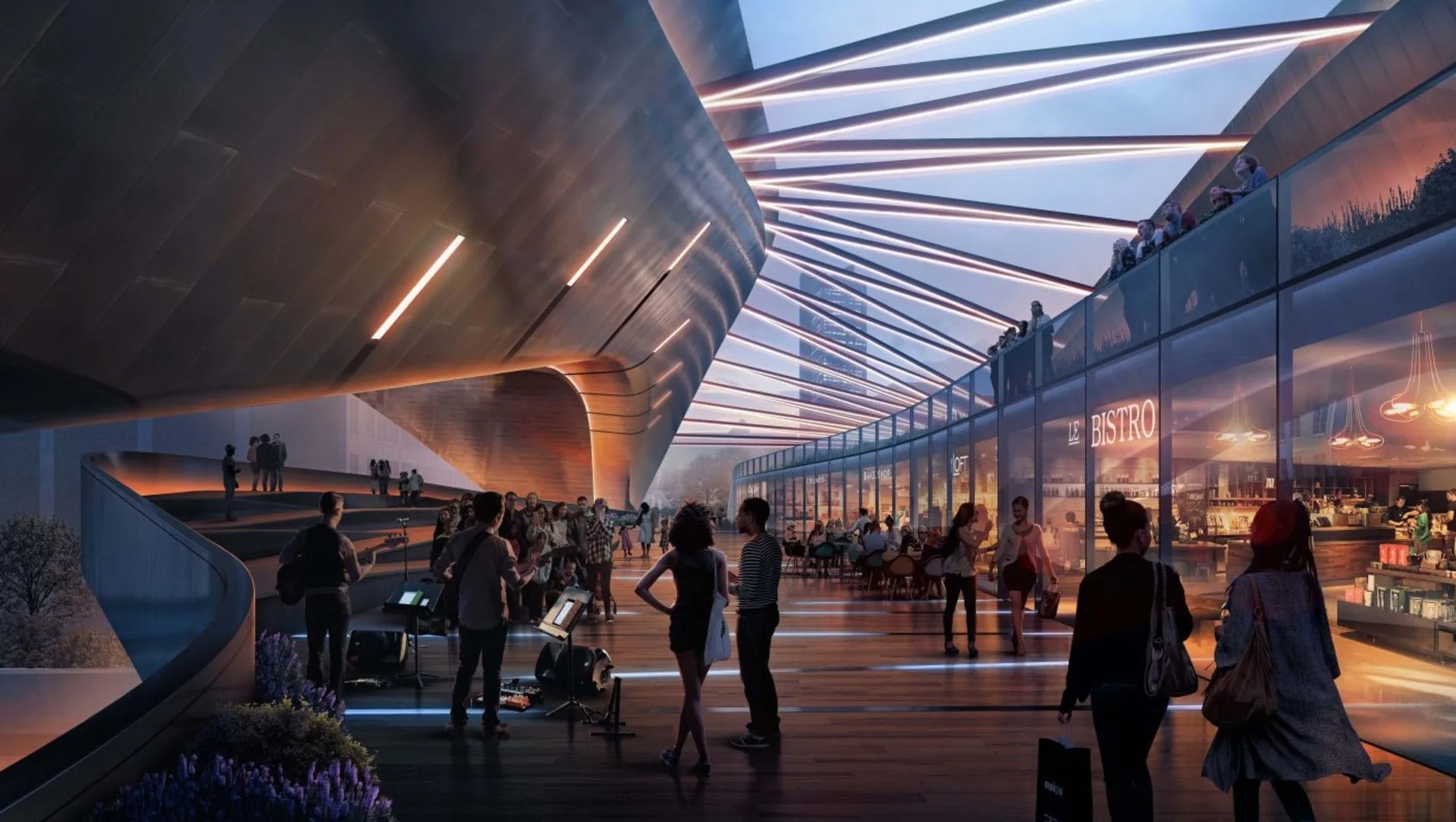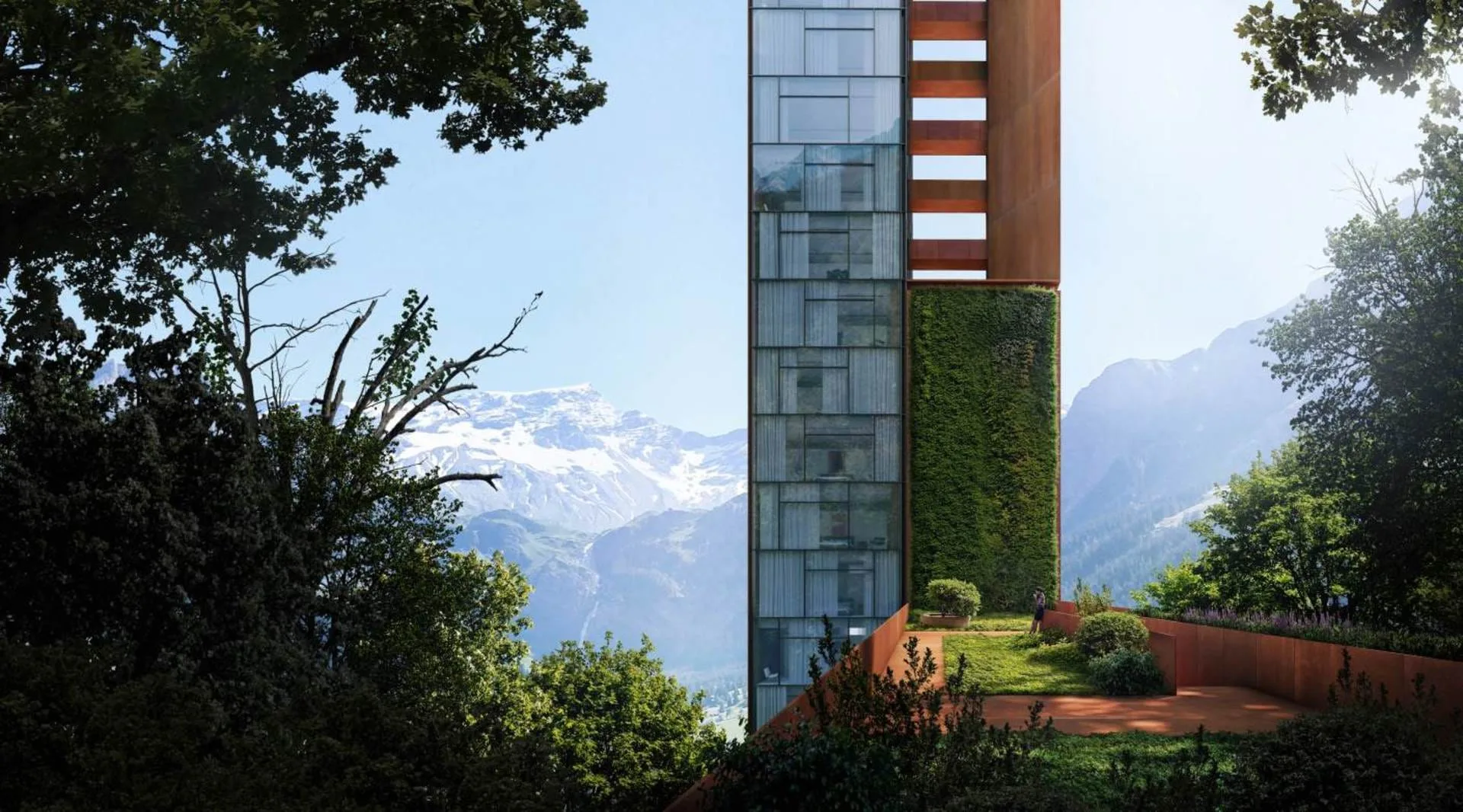
Arch-viz blogger and artist Alex Hogrefe on why V-Ray for SketchUp is a breakthrough for his work and how it can transform the way you visualize designs.
How has technology changed since you started in arch-viz?
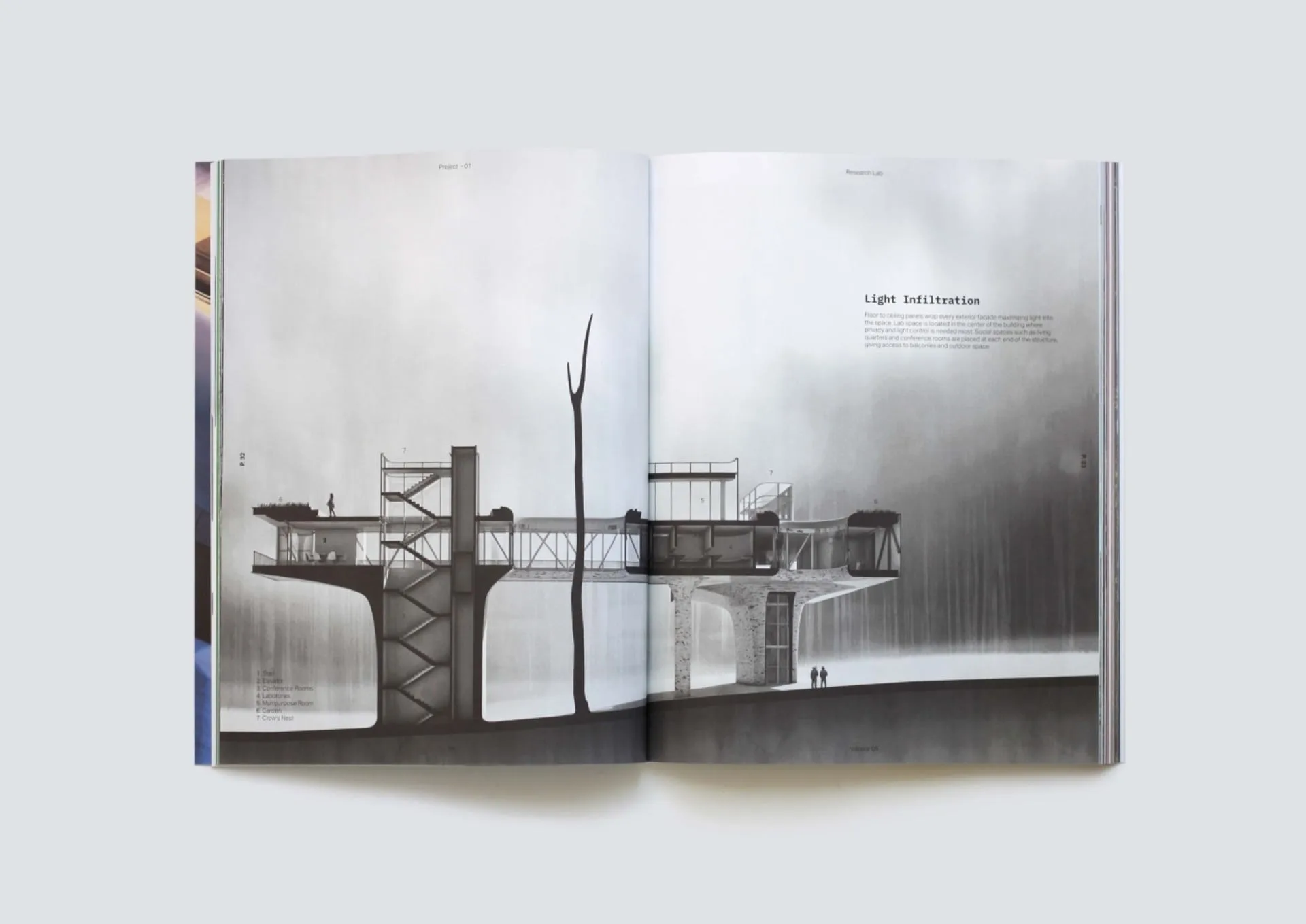
Your approach to presenting arch-viz imagery seems fairly holistic and doesn’t lean too heavily on particular software or mediums. How do you choose the right tools for a project?
Generally speaking, I tend to spend more of my time in Photoshop than I do in 3D. Photoshop is how I like to build in the human qualities of an image such as imperfection and story. With that said, I have started to spend more time in 3D trying to generate some of the image’s “imperfections” via more honed-in textures and modeling details. But for work on my website, I am really limited on time so I cannot spend a large chunk of it on a few textures or modeling details.
I’m looking for a balanced approach between 3D and 2D. They both have their advantages and provide flexibility in different ways. 3D manages complexity really well and can let illustrations obtain a certain high-resolution quality. Photoshop, on the other hand, can fill in large swaths of information that could take forever to model. Photoshop also allows me to quickly switch styles and give images a unique personality.
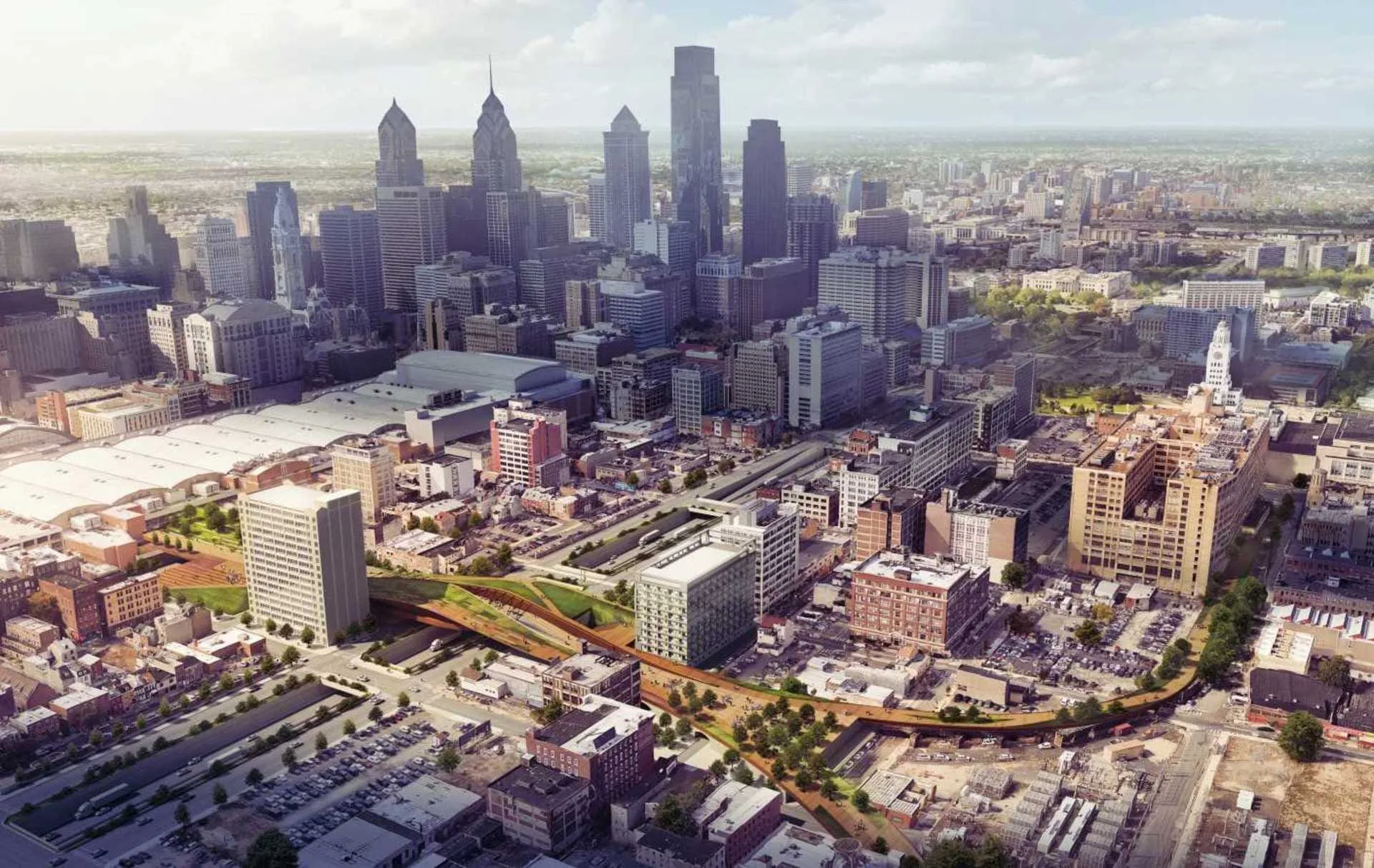
Could you talk us through your SketchUp and Photoshop workflow?
It really is the small things that help your workflow. This new feature will allow you to select anything, then invert the selection of objects. This makes it simple to select items and then perform actions on their inverse. The keyboard shortcut for this will be: CTRL + SHIFT + I or CMD + SHIFT + I (Mac).
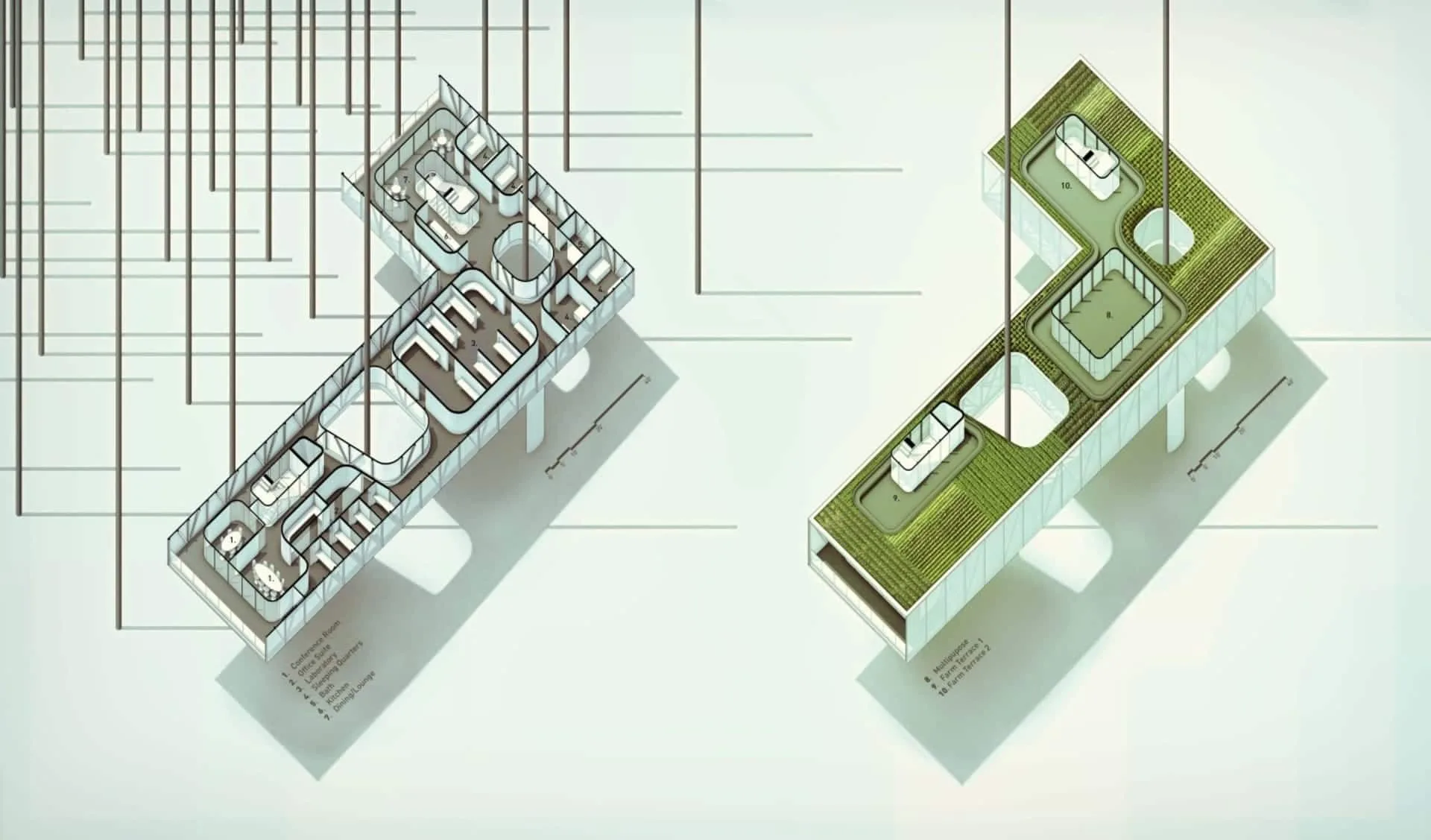
What are the advantages of V-Ray for SketchUp for architects and smaller arch-viz studios?

Where do you see arch-viz going in the future?
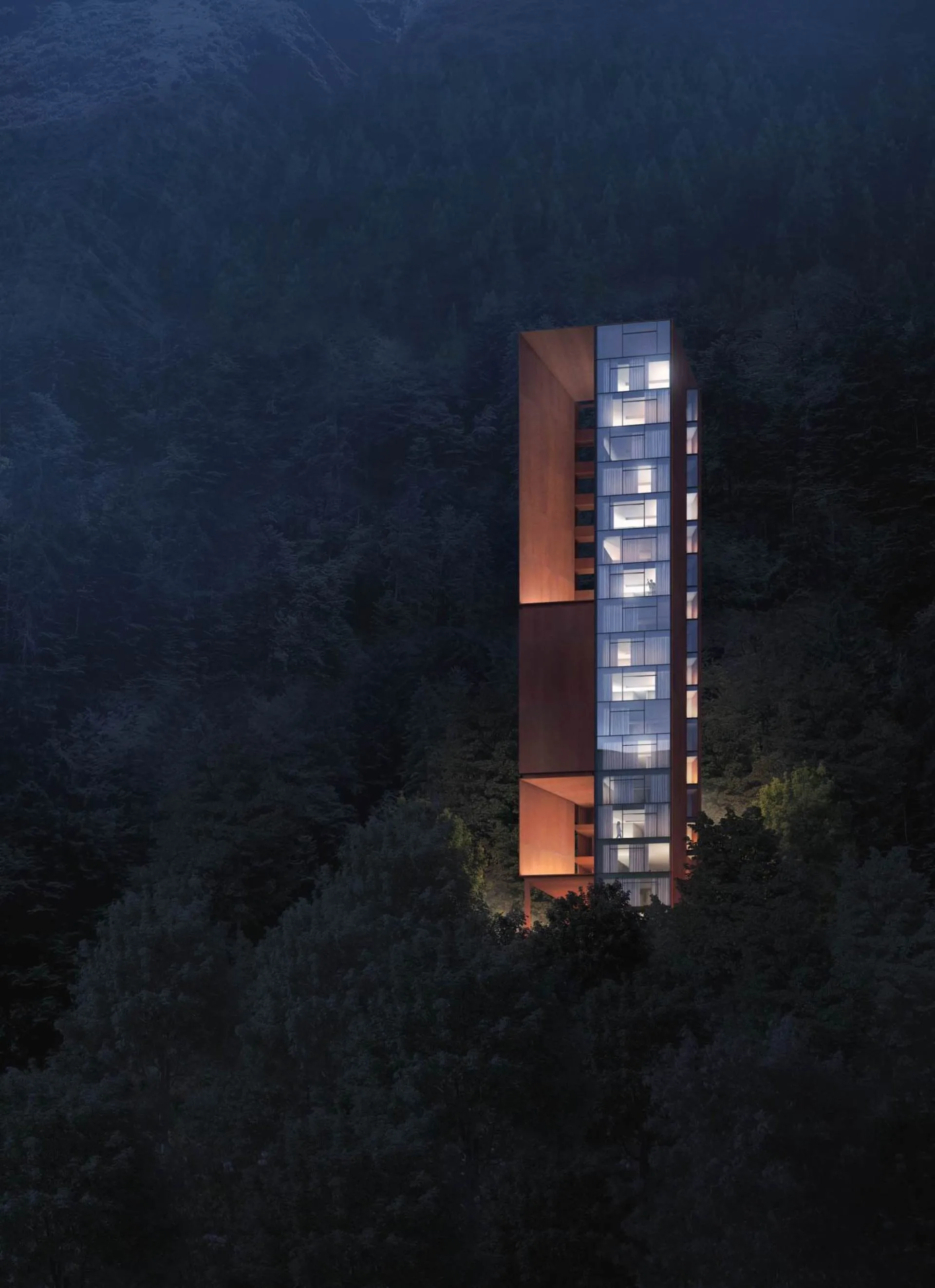
Is there any essential advice you’d give to anyone starting out with V-Ray for SketchUp?
My first suggestion is to take advantage of the interactive render options to dial-in textures and lighting. A lot of students and artists just starting out don’t think to use interactive rendering as a way to help build textures and setup light while they are working. It seems obvious to us in the industry, but still many think of rendering as something that only happens more towards the end of the process.
I would also suggest that those just starting out to take a balanced approach to render and focus on fundamentals. While it is tempting to get lost in tutorials and settings, it is important to always think about big-picture ideas such as what the image is trying to say and how it is composed. Thinking about the human side of images helps guide where to spend time on the technical side.
